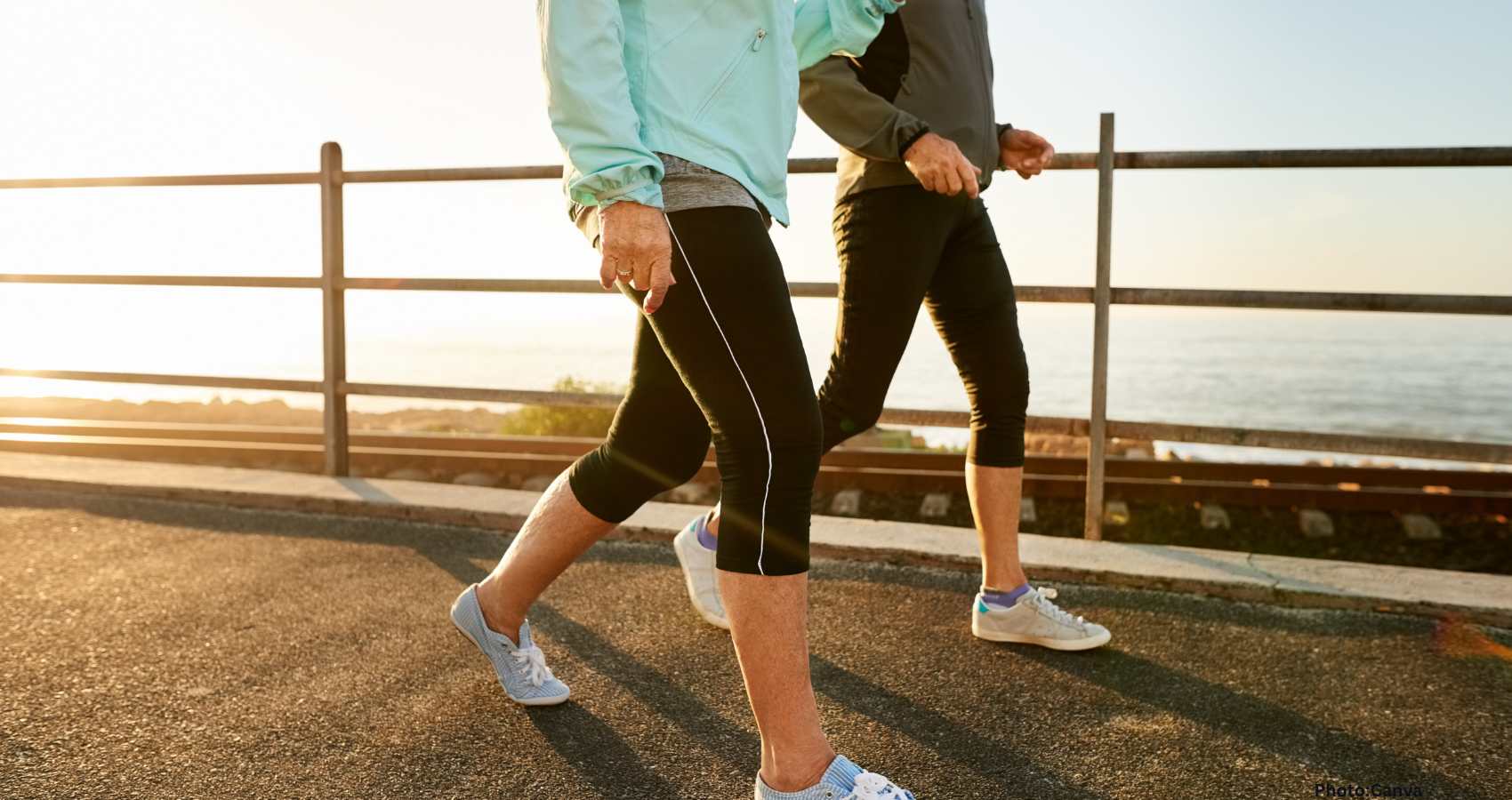New research indicates that walking backward can significantly improve joint health, reduce chronic pain, and enhance balance with just a few minutes of practice each day.
Recent studies have uncovered the surprising benefits of backward walking, suggesting that this unconventional exercise could play a vital role in joint health, chronic pain relief, and even cognitive function. By simply altering the direction of movement, individuals can engage their bodies in ways that traditional exercises may not achieve.
A study published in the Journal of Orthopaedic Surgery and Research focused on individuals suffering from mild to moderate knee osteoarthritis, a condition characterized by joint pain, stiffness, and limited mobility. Participants who incorporated backward walking into their routines several times a week over six weeks reported significant improvements in knee function and a reduction in pain when compared to those who continued with standard forward walking.
Researchers discovered that walking backward alters the way muscles around the knee operate. The shorter stride and softer landing associated with backward walking reduce compressive forces on the joints, leading to less wear and tear over time.
Another study published in PLOS One explored the effects of backward walking on individuals with chronic lower back pain. After several weeks of incorporating this exercise, participants experienced lower pain levels and improved control over their lumbopelvic movement, which refers to the coordination between the lower back and pelvis that stabilizes the spine. The findings indicate that backward walking engages a broader range of stabilizing muscles than forward walking, prompting the body to maintain balance and alignment in a novel way.
This unique movement pattern can be particularly beneficial for those dealing with lower back pain, one of the most prevalent musculoskeletal complaints globally. By retraining movement patterns, backward walking can help alleviate strain on the spine.
The low-impact nature of backward walking is one of its most appealing aspects. Unlike more strenuous exercises that involve jumping or heavy lifting, backward walking focuses on retraining the body to move efficiently in reverse.
The Cleveland Clinic highlights that backward walking not only benefits the joints but also serves as a workout for the mind. This movement challenges spatial awareness, coordination, and concentration, enhancing the connection between the brain and muscles, which can improve balance and reaction times.
Interestingly, walking backward burns more calories per minute than walking forward at the same pace due to increased muscular engagement. This movement also encourages better posture, as individuals must remain upright and alert to maintain control.
Even small increments of backward walking can yield significant benefits. Just five minutes added to a daily routine can enhance strength and balance, particularly for older adults or those recovering from injuries.
Experts recommend starting slowly. Choose a flat, open space such as a track, gym floor, or quiet hallway, and take short, deliberate steps. It is essential to keep your core tight, shoulders back, and gaze forward as much as possible. If using a treadmill, begin at a very slow pace and hold onto the rails until you feel comfortable.
As you gain confidence, consider alternating between short intervals of forward and backward walking. Even a few minutes a day can help your body adapt to this new movement pattern and unlock its benefits.
Incorporating backward walking into your routine can protect your knees, strengthen your spine, and challenge your brain—all through a motion that many of us have spent our lives avoiding. Sometimes, progress is about learning to move in reverse.
Source: Original article

